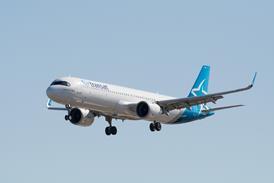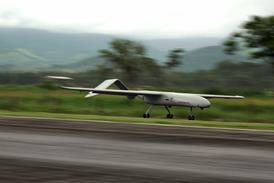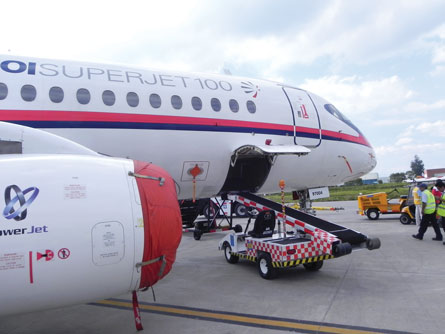Providing international maintenance support has been a central objective for Russia's Sukhoi Superjet 100 programme given that Soviet-era aircraft never had much success outside the former Eastern bloc, partly because of a lack of an aftermarket service network.
To discontinue this legacy, Sukhoi sought a Western partner and formed marketing and customer support company SuperJet International with Alenia Aeronautica, which has great experience in providing aftermarket services for the ATR 42/72 turboprop family, for example. The Finmeccanica subsidiary owns 51% of the Venice-based venture, while Sukhoi's commercial aircraft division SCAC holds the remainder.
The aim was to set up a global authorised service centre network before the regional jet's entry-into-service (EIS). So far, 11 international maintenance, repair and overhaul (MRO) providers have signed up to the scheme, while the first four aircraft - three to Aeroflot and one to Armenian flag carrier Armavia - were delivered earlier this year.
Volga-Dnepr Technics, Sabena Technics, Budapest-based Aeroplex, India's Airworks, Ameco Beijing, ST Aerospace, as well as AAR and Aveos in North America are among the partners, although the technical capabilities have been mainly built up around the current two operators.
SuperJet International does not want to increase the number of airline-independent MRO companies for the time being to avoid saturating the market and losing maintenance as a potential bargaining area during aircraft order negotiations with prospective buyers.
"Some customers want to develop their capabilities," says chief executive Carlo Logli. "If customers want to have the opportunity to become our MRO partners, of course we want to give them priority."
Independent contractors
Unlike Boeing's GoldCare programme, where the manufacturer takes a managing role between operators and maintenance providers, SuperJet International leaves its customers to deal directly with the MRO companies, with the latter acting as independent contractors for airframe support.
The Italian company's role lies mainly in ensuring authorised service centres are available in the operator's region, providing engineering support, training, special tooling and ground support equipment (GSE).
For the more lucrative component maintenance, however, SuperJet International has established its "SuperCare Plan", which offers different service packages on a fixed flight-hour cost basis, including pool access for line replaceable units (LRU) and GSE, consignment stock arrangements and component overhaul.
|
|---|
Lufthansa Technik Logistik has been contracted to distribute the equipment from its warehouse in Frankfurt. Sukhoi operates a second logistics facility in Moscow, but this is mainly for customers in Russia and the CIS countries. Because of Russia's extensive customs regulations and time-consuming import and export procedures, the location is not suitable as a global distribution hub, says Logli.
A third warehouse facility will open in Ford Lauderdale, USA in 2012 to cover the North and Central American markets. The site opens as Interjet is due to take delivery of the first of 15 ordered Superjets.
An additional facility is under discussion for the Asia Pacific region. Potentially, this will be in Singapore, necessary because part delivery times from Frankfurt are too long. Indonesia's Kartika Airlines has 30 Superjets on order, while Sky Aviation is due to take delivery of the first of 12 aircraft in 2012. Lao Central Airlines has ordered three aircraft, which are also due for delivery next year.
Heavy maintenance
The first C check for the type is scheduled after 7,500 flight hours - or two years in service. Giving the current utilisation regime, this is expected to occur on one of Aeroflot's aircraft in early 2013.
Because of this schedule, no heavy maintenance has been set up yet, says Logli. Training for the respective technical personnel will start in 2012, with at least three MRO providers becoming readily qualified for the check in early 2013, he adds. Any unscheduled work in the meantime will be covered by the equipment manufacturers.
Several issues have been caused by spurious system fault messages from the aircraft condition-monitoring system during the first months of operation. SuperJet International says this is "quite normal" during the EIS of a fully digital aircraft. "They were all solved through software updates or by simply resetting the [aircraft] system," says Logli.
Modifications have also been implemented for the cabin pressurisation system and thrust reversers. Both caused serviceability issues during the first months of operation but have been solved on the current fleet and in new aircraft production. All in all, Logli says that the type dispatch reliability was "higher than expected" at 97%.
Source: Flight International
























